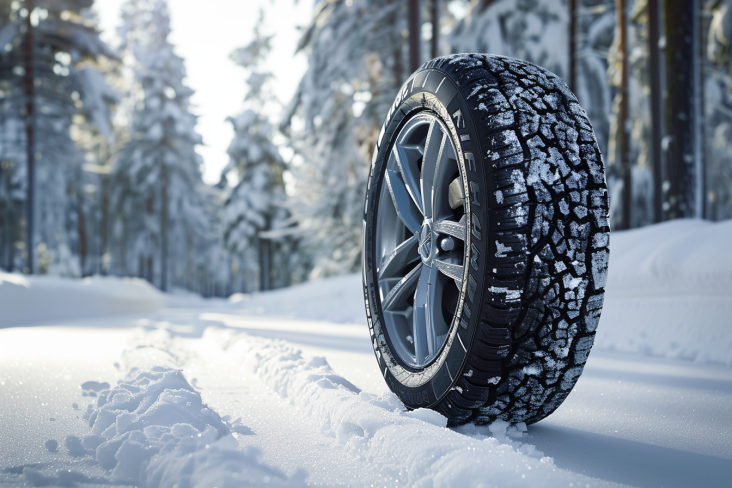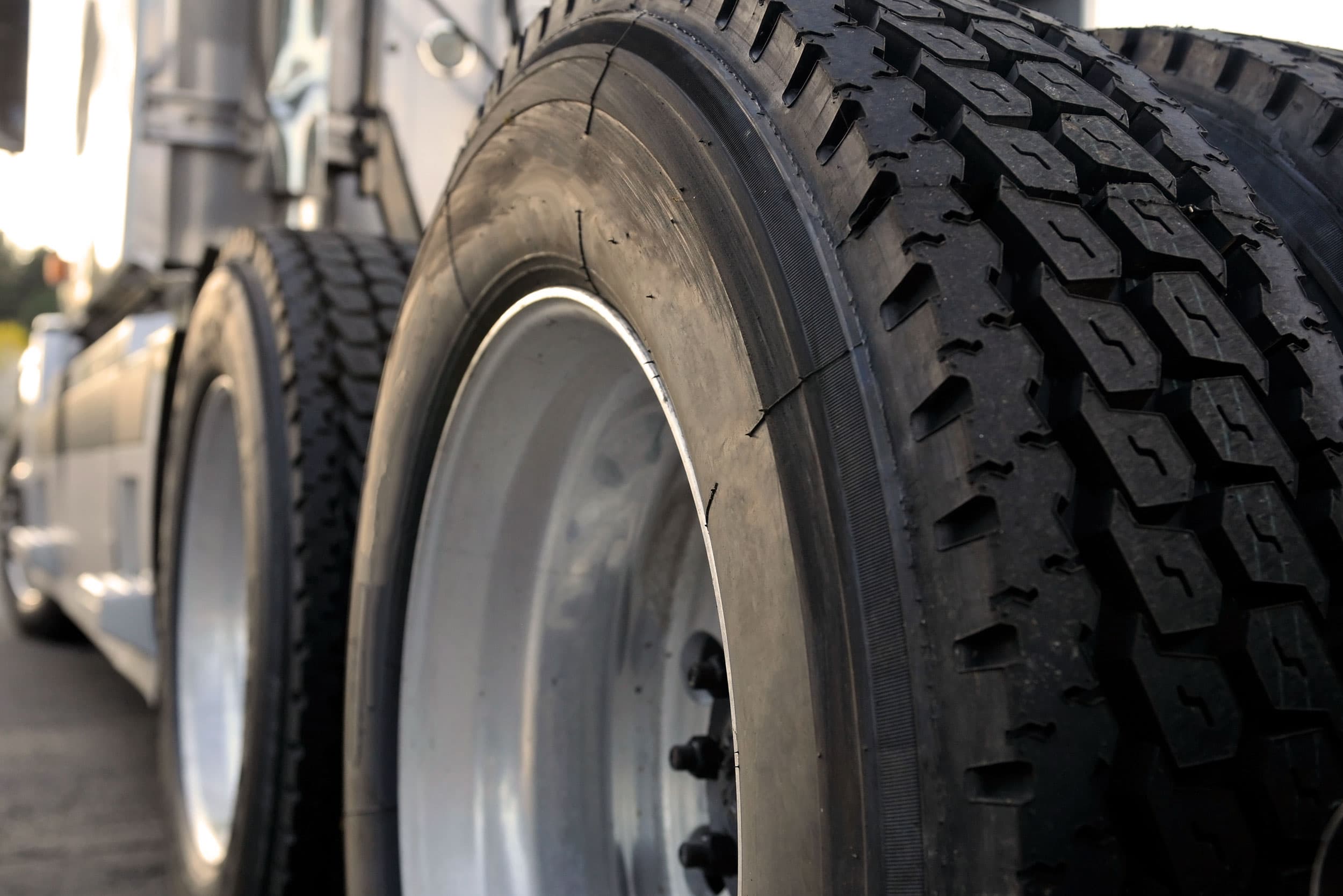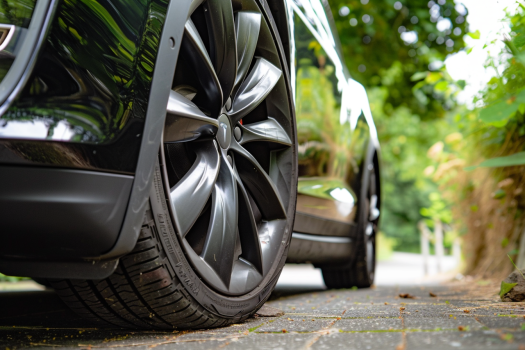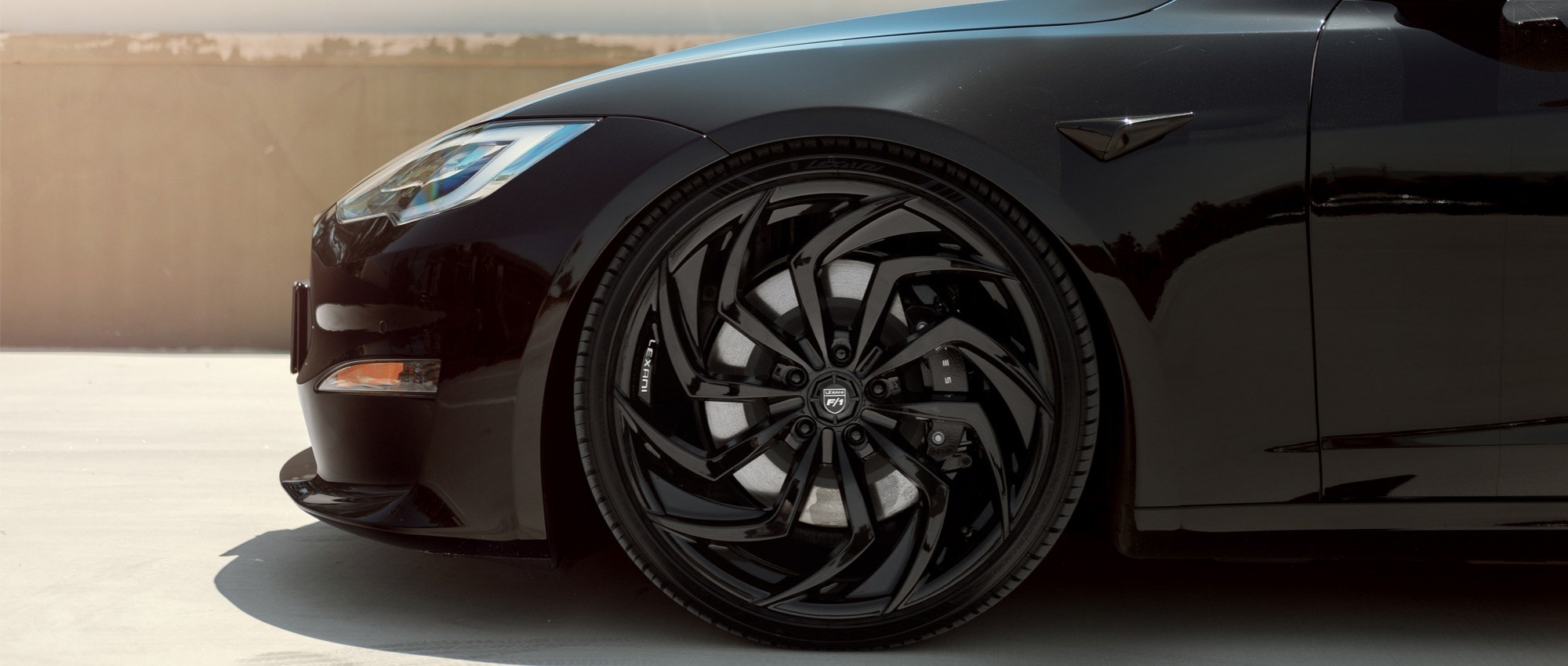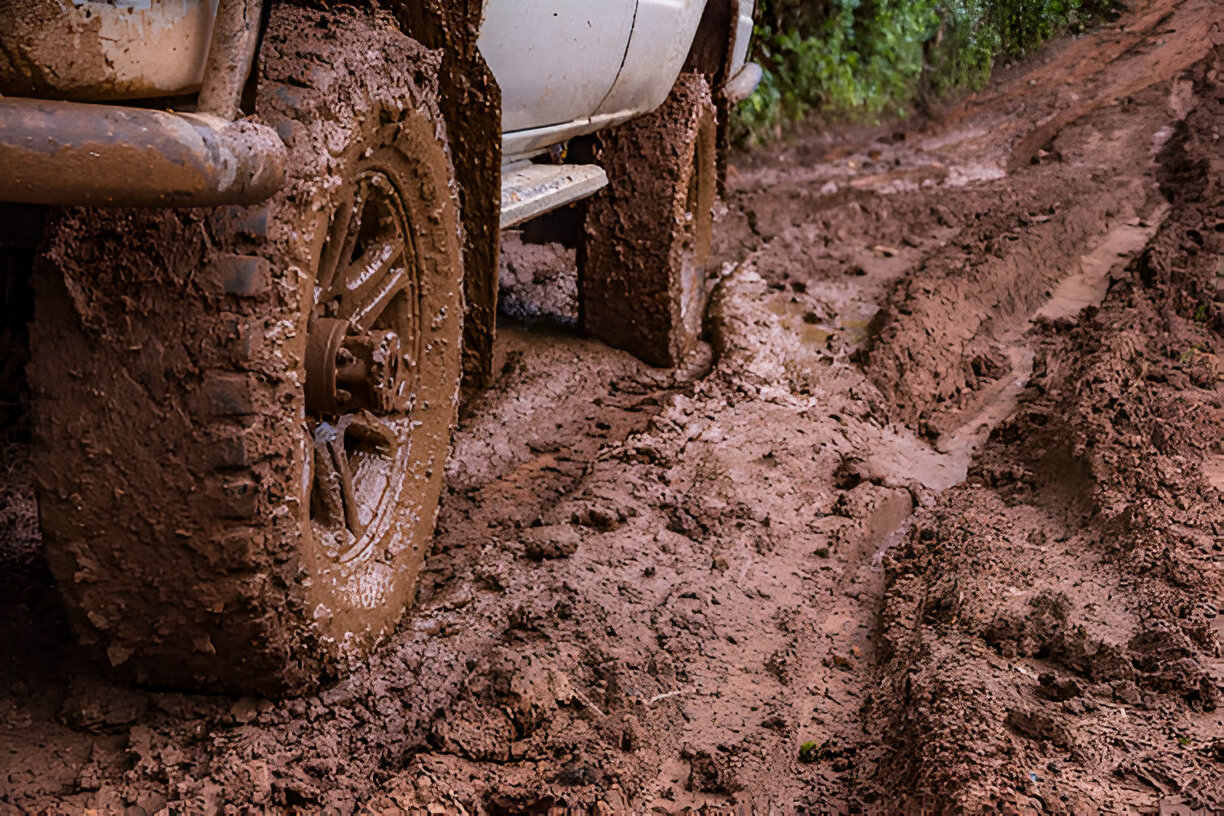Last Updated on July 31, 2025
What About the Potential of High-Performance Tires
In the colorful world of automotive tires, high-performance rubber has a special place. High-performance (HP) tires are a crucial component of every sports car, super vehicle, and performance car.
What are High-Performance Tires?
HP tires are engineered for maximum performance, optimum braking power, sharp steering, and precision handling. It’s a combination of smart engineering and advanced rubber compounds resulting in an excellent grip and handling. In a nutshell, you’ll find the key characteristics of HP tires they can make stops on a dime, steer like in a computer game, and provide a great foundation for high speeds.
Let’s look closer at the construction and the key features that make high-performance tires stand out.
What Makes A High-Performance Tire
Rubber Compounds
- Silica-Rich Compounds: The higher level of silica enhances the tire’s grip on wet surfaces and improves overall performance in various conditions. It also helps maintain flexibility at lower temperatures.
- High-Temperature Polymers: These help maintain the tire’s integrity and performance under high stress and heat. The compounds resist deformation, ensuring consistent performance during aggressive driving or high-speed maneuvers. Carbon Black reinforces the rubber, providing added strength and durability. It also contributes to heat dissipation, which is crucial for high-speed driving.
Tread Design
- Asymmetrical Tread Patterns: This is a common feature for HP tires. The outer section typically has larger blocks for cornering grip, while the inner section has smaller blocks and grooves for water evacuation.
- Directional Tread Patterns: Some high-performance tires have directional patterns that channel water away from the contact patch, reducing the risk of hydroplaning at high speeds.
- Low Void Ratio: The design includes fewer grooves and more rubber-to-road contact, which enhances grip and handling but may reduce wet weather performance compared to other tire types.
Construction
- Stiffer Sidewalls: These reinforced sidewalls offer better stability and handling at high speeds. It also reduces flexing, which helps maintain precise steering response.
- Lower Profile: These tires usually have a lower aspect ratio, meaning they are broader than their height.
Advanced Belts and Plies: The internal construction often includes more robust, advanced materials like Kevlar or aramid fibers. These materials provide additional strength and durability, especially under high-stress conditions.
Performance Characteristics
- Increased Traction: The rubber compounds and tread designs are optimized for maximum traction in dry and wet conditions, resulting in better acceleration, braking, and cornering performance.
- Enhanced Responsiveness: High-performance tires are designed to provide quick and accurate feedback from the road, allowing the driver to make precise adjustments.
- Shorter Lifespan: HP tires wear out faster than standard tires due to the softer rubber compounds.
- Heat Management: These tires are engineered to dissipate heat more effectively, which is essential during high-speed driving. Excessive heat can lead to tire degradation and reduced performance, so effective heat management is critical.
Noise and Comfort
- Noise Reduction Technologies: Despite being performance-oriented, many high-performance tires incorporate noise reduction features, such as specialized tread patterns and noise-dampening compounds, to minimize road noise.
- Ride Comfort: While ride comfort is often sacrificed for performance, advancements in tire technology have allowed some high-performance tires to balance comfort and performance.
Conclusion
High-performance tires might be more expensive, but their specialized characteristics justify the price. Unmatched precision, grip, and responsiveness make it the essential link between your vehicle’s capabilities and the road ahead. If you value superior handling, braking, and speed, investing in the right high-performance tire is a no-brainer.
-
Automotive Specialist
-
Proofreader
-
Writer





